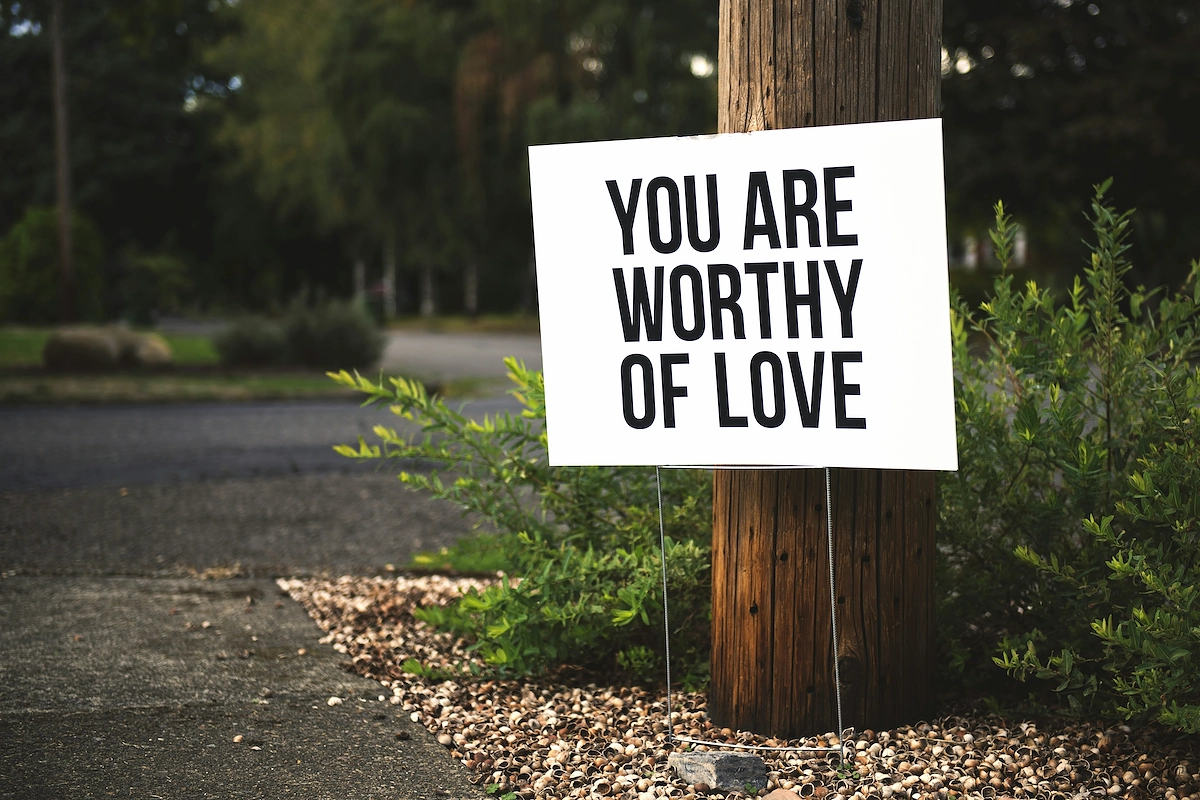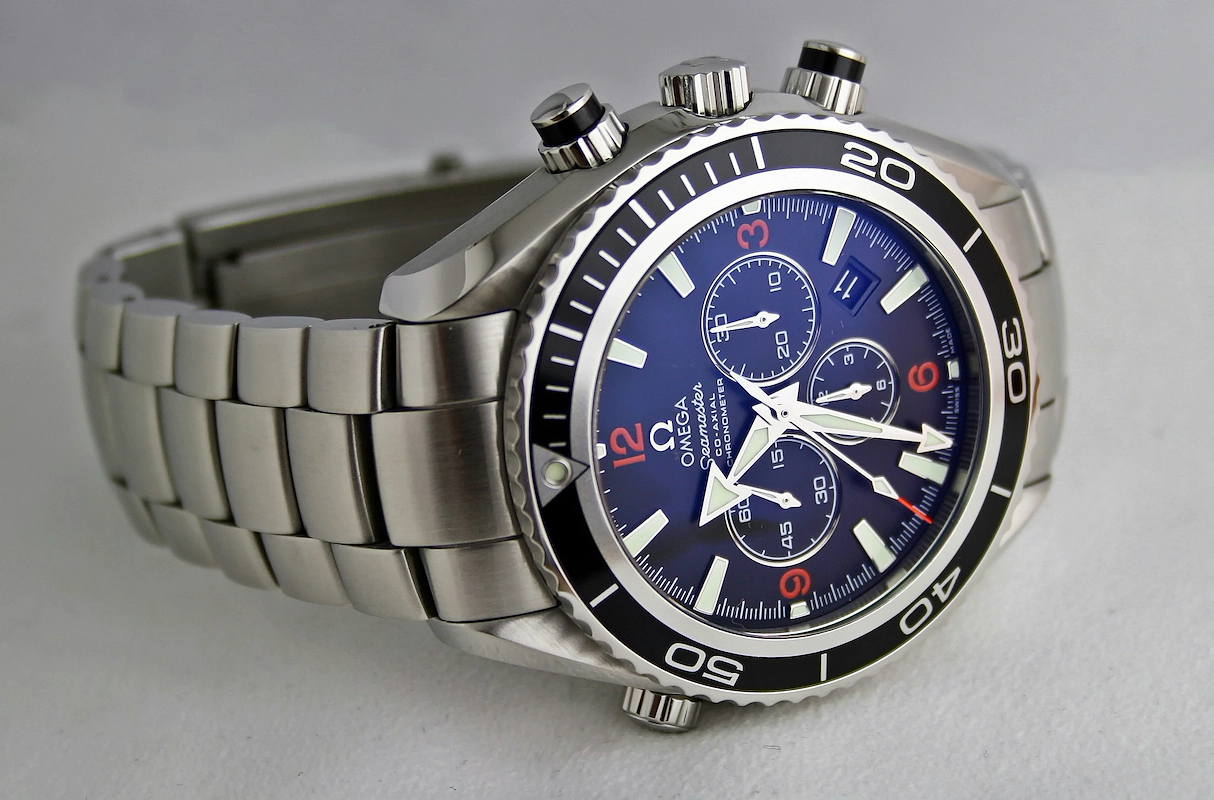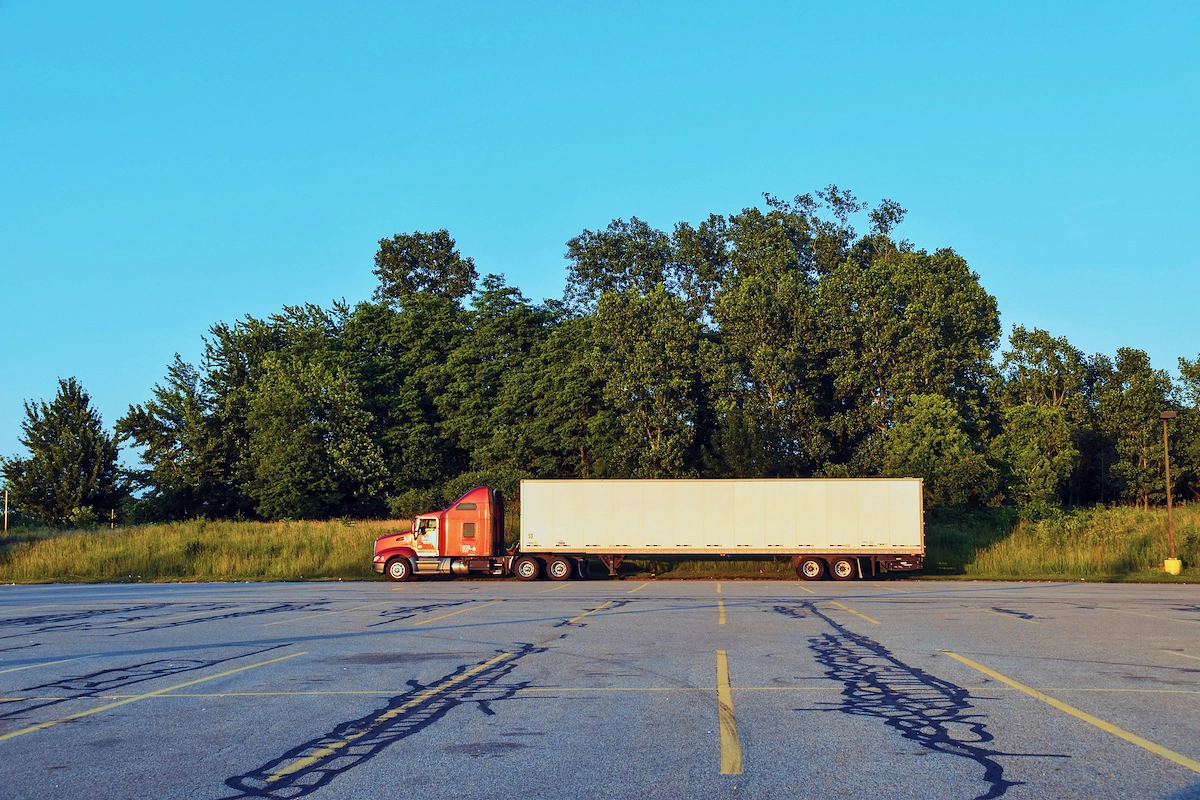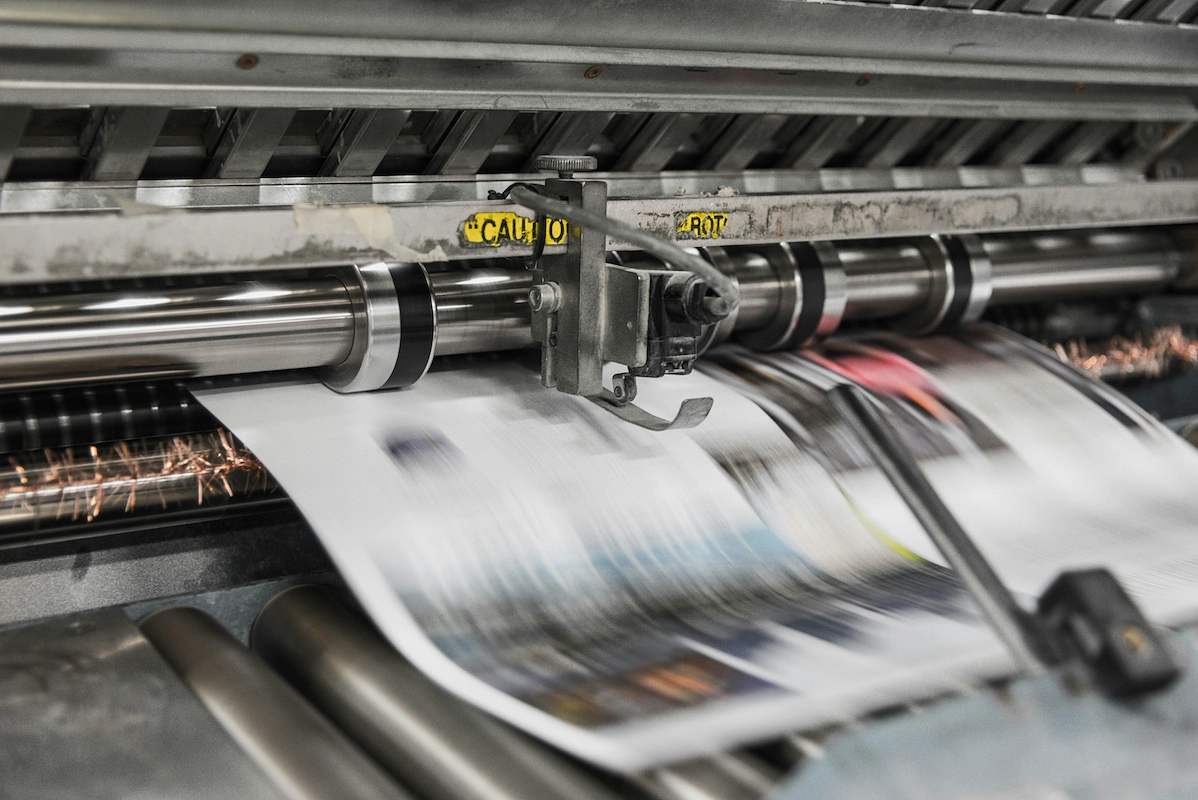Launching a toy company can be a rewarding venture, blending your creative vision with sharp business acumen. The global toy market is a multi-billion dollar industry, fueled by a steady demand for everything from educational toys for toddlers to collectibles for enthusiasts and games for the whole family.
This guide will take you through the practical steps of validating your business concept, securing funding, building supplier relationships, and navigating safety regulations to help you launch a successful toy company in the U.S.
Step 1: Validate your toy idea and map out your finances
Market and competitor research
Start by researching what sells. You can analyze trends on platforms like Jungle Scout for Amazon data. Also, consider attending industry events like the New York Toy Fair to see what is new and connect with people in the business.
To understand the competition, use databases like Statista for market reports. Look at what successful toy brands do on social media and in their marketing. What makes their products stand out on the shelf and online?
Estimate your startup costs
Budgeting can feel complex, but breaking it down helps. Initial costs often range from $8,000 to $30,000. This covers prototyping ($500-$5,000), initial inventory ($5,000-$15,000), and basic marketing ($1,000-$5,000).
Many people forget to budget for safety testing. You might want to set aside $1,000-$3,000 for ASTM F963 certification per product. This is a mandatory step for selling toys in the U.S. and protects your business.
Here are 3 immediate steps to take:
- Outline your toy concept and define your target age group.
- Research three direct competitors and analyze their pricing.
- Create a spreadsheet with estimated costs for your first year.
Step 2: Establish your legal structure and secure licenses
Business structure and taxes
A Limited Liability Company (LLC) is a solid choice for most new toy companies. It protects your personal assets and costs between $50 and $500 to file, depending on your state. Profits pass through to your personal taxes, which simplifies bookkeeping.
Once your LLC is formed, open a separate business bank account immediately. New owners often mix personal and business funds. This mistake can erase your liability protection, putting your personal assets at risk if the company is sued.
Required permits and licenses
You will need a federal Employer Identification Number (EIN) from the IRS, which is free and available online. Also, get a seller’s permit from your state’s tax agency. This allows you to purchase inventory wholesale without paying sales tax.
Check with your city or county for a general business license, which typically costs $50 to $150 annually. Remember, all toys sold in the U.S. must comply with standards set by the Consumer Product Safety Commission (CPSC).
Here are 4 immediate steps to take:
- Decide on a business structure, like an LLC.
- Apply for a free Employer Identification Number (EIN) online.
- Register for a seller’s permit in your state.
- Open a dedicated bank account for your business.
Step 3: Secure insurance and manage risk
Key insurance policies for your toy business
Product liability insurance is non-negotiable. It protects you if a toy allegedly causes an injury. A $1 million policy is standard, with annual premiums often ranging from $750 to $2,500. Some new owners skip this to save money, a mistake that can end a business.
You will also want general liability insurance, which covers claims like property damage. If you store inventory, get commercial property insurance. Once you hire your first employee, you are legally required to have workers’ compensation insurance in most states.
With these needs in mind, look for an insurance provider that understands consumer products. You might want to consider companies like The Hartford, Hiscox, or Next Insurance. A broker specializing in e-commerce can also help you find the best rates and coverage for your specific toys.
Here are 4 immediate steps to take:
- Get quotes for a $1 million product liability policy.
- Determine if you need workers’ compensation based on your hiring plans.
- Contact an insurance broker who specializes in consumer goods.
- Compare policies from providers like The Hartford and Hiscox.
Step 4: Find your space and line up suppliers
Location and leasing
For your initial inventory and assembly, a 200-500 square foot space is often enough. Look for properties zoned for light industrial or commercial use. When you find a spot, try to negotiate a 1-2 year lease instead of the standard 3-5 years for more flexibility.
Equipment and prototyping
A quality 3D printer for prototypes, like a Creality or Prusa, will cost between $500 and $3,000. You will also need a label printer ($150-$400) for shipping and a heat sealer ($100-$500) for professional packaging. These items help you control quality in-house.
Working with suppliers
Platforms like Alibaba connect you with overseas manufacturers. Many new owners get stuck on Minimum Order Quantities (MOQs). Expect MOQs between 500 and 2,000 units per toy design. For packaging, suppliers like Uline offer boxes and materials with lower minimums.
Here are 4 immediate steps to take:
- Research commercial spaces between 200-500 square feet.
- Price out a 3D printer for in-house prototyping.
- Contact two potential manufacturers to ask about their MOQs.
- Ask landlords about their willingness to sign a 1-2 year lease.
Step 5: Set up your payment processing
Your online payment solution
You will need a way to accept payments both online and in person. For your e-commerce store, solutions like Shopify Payments or Stripe are common. They integrate directly with your website and handle secure transactions.
Many new owners forget to factor transaction fees into their pricing. Expect to pay around 2.5% to 3.5% plus a small fixed fee per sale. This can eat into your profits if you do not plan for it.
Your in-person payment solution
For sales at toy fairs or pop-up shops, you need a mobile option. For toy companies that need to accept payments on-site or on-the-go, JIM offers a streamlined solution. You can accept debit, credit and digital wallets directly through your smartphone.
At just 1.99% per transaction with no hidden costs or extra hardware needed, it is a cost-effective choice. This rate is lower than what many other payment providers offer. It is particularly useful for managing cash flow at events since funds are available instantly.
- Get Started: Download JIM app for iOS
- Make a Sale: Type the sales amount, hit sell, and ask your customer to tap their card or device on your phone
- Access Funds: Your money is available right on your JIM card as soon as the sale is done - no waiting for bank transfers
Here are 3 immediate steps to take:
- Compare transaction fees for two online payment processors.
- Download the JIM app to explore its features.
- Update your business budget to include payment processing fees.
Step 6: Secure your funding and manage finances
For initial funding, you might want to look into an SBA Microloan, which can provide up to $50,000. Lenders will want to see a strong business plan and good personal credit. Interest rates typically range from 8% to 13%.
Crowdfunding on platforms like Kickstarter is also a powerful route for toys. It not only raises capital but also validates your product idea. A successful campaign can pre-sell hundreds of units, giving you both funds and your first customer base.
Plan your working capital
You will likely need $15,000 to $40,000 in working capital for your first six months. This covers your initial inventory, marketing, and unexpected expenses. Many new owners miscalculate this and run out of cash just as sales start to pick up.
Remember that revenue from your first batch of toys may not arrive in time to fund your second order. This cash flow gap is a frequent hurdle. You might consider securing a business line of credit as a safety net to manage inventory cycles smoothly.
Here are 4 immediate steps to take:
- Research SBA Microloan lenders in your area.
- Outline a simple Kickstarter campaign for your first toy.
- Calculate your estimated working capital for the first six months.
- Look into business line of credit options as a backup.
Step 7: Hire your team and set up operations
Staffing your toy company
You will likely handle most tasks yourself at first. Once you consistently sell 100-200 units per month, consider your first hire. A freelance toy designer can bring fresh ideas for $50-$100 per hour, while you focus on the business side.
For hands-on work, a part-time production assistant can manage assembly and shipping. Expect to pay between $18 and $25 per hour. Many new owners wait too long to delegate, which can burn them out and stall growth. Bringing on help frees you up for strategy.
Daily operations and management
To keep projects on track, use a system like Trello or Asana. These platforms help you manage design, manufacturing, and marketing timelines in one place. You can start with their free plans.
All employees, even part-time assistants, need basic training on CPSC safety guidelines. This ensures everyone understands material restrictions and assembly standards. A good revenue-per-employee target to aim for as you grow is $150,000-$200,000 annually.
Here are 4 immediate steps to take:
- Draft a job description for a freelance toy designer.
- Research hourly rates for production assistants in your area.
- Create a project board for your toy in Trello or Asana.
- Outline a one-page safety training sheet based on CPSC standards.
Step 8: Market your toys and find customers
Choose your marketing channels
Focus on visual platforms like Instagram and TikTok. Short-form videos of your toy in action are very effective. You might want to partner with micro-influencers in the parenting niche, who often charge between $100 and $500 per post for authentic content.
Many new owners spread their marketing budget too thin across too many channels. It is better to master one or two platforms first. If your target parents are on Instagram, concentrate your efforts there before you expand to Pinterest or Facebook Ads.
You can also start a blog with topics like "play-based learning" to attract parents through search engines. From day one, build an email list from your website by offering a small discount for sign-ups. Platforms like Mailchimp or Klaviyo have free plans to get you started.
Measure what matters
Keep a close eye on your Customer Acquisition Cost (CAC). For a new toy brand, a CAC under $20 is a solid starting goal. As you grow, aim to keep this cost below one-third of your average customer's lifetime value to ensure profitability.
Think about the story your marketing tells. The GoldieBlox Kickstarter campaign, for example, succeeded because it promoted a mission to get girls into engineering. It connected with parents on an emotional level, not just as a product. This created a loyal community.
Here are 4 immediate steps to take:
- Identify two social media platforms where your target audience is most active.
- Research five parenting micro-influencers and request their rates.
- Set up an email capture form on your website offering a 10% discount.
- Calculate your target Customer Acquisition Cost (CAC) based on your toy's price.
Step 9: Price your toys for profit
Pricing models and margins
Start with cost-plus pricing. Calculate your total cost per unit, including materials, labor, and packaging, then add your desired profit. A healthy gross margin for a new toy is between 50% and 70%. This ensures you have enough left for marketing and other overhead.
Many new owners forget to account for all costs, which eats into their profit. A common retail strategy is keystone pricing, where you simply double your wholesale price to get the retail price. For example, if your toy costs $10 wholesale, it would retail for $20.
Competitive analysis
Once you have a baseline price, look at what your competitors charge. Use Google Shopping or browse toy aisles to see the price range for similar products. Do not just match the lowest price; consider your toy’s unique features, quality, and brand story when you set your final price.
For example, if your toy costs $5 to make, a wholesale price of $12.50 gives you a 60% margin. Using the keystone model, the suggested retail price (MSRP) becomes $25. This gives both you and potential retailers a healthy profit from each sale.
Here are 4 immediate steps to take:
- Calculate the total Cost of Goods Sold (COGS) for one unit of your toy.
- Research the retail prices of three direct competitors online.
- Apply keystone pricing to your wholesale cost to set a draft retail price.
- Determine your target gross margin, aiming for at least 50%.
Step 10: Maintain quality and scale your operations
Quality control systems
As you grow, consistent quality is your best marketing. For every production run, use a quality control (QC) checklist based on ASTM F963 standards. Aim for a defect rate below 2%. This means checking for sharp edges, small parts on toys for young children, and correct labeling.
A frequent misstep is to rely solely on your manufacturer for quality checks. You should personally inspect a sample from each batch. For orders over 1,000 units, you might want to hire a third-party inspection service in the factory’s country to verify quality before shipment.
When to grow your business
Once you consistently sell over 500 units a month, it is time to think about scaling production. This is often the point where you move from smaller batches to larger orders with your manufacturer. This can lower your cost per unit by 20-40%.
When annual revenue approaches $150,000, consider your first full-time hire, likely for operations or marketing. To manage your increased inventory, look at software like Katana or Cin7. These systems help prevent stockouts and track materials so you can plan your next production run.
Here are 4 immediate steps to take:
- Create a simple quality control checklist based on ASTM F963 standards.
- Research third-party inspection services for your manufacturing region.
- Set a monthly sales goal that triggers a review of your production methods.
- Compare features of two inventory management systems like Katana and Cin7.
Building a toy company is a unique journey. Beyond the business steps, remember that the most beloved toys create a special connection with families. You have the blueprint, now go build something wonderful.
And when you make your first sales at toy fairs, a simple payment solution helps. JIM lets you accept cards right on your phone for a flat 1.99% fee, no hardware needed. Download JIM and be ready for that first customer.















